Beans and Legumes Low in Net Carbs
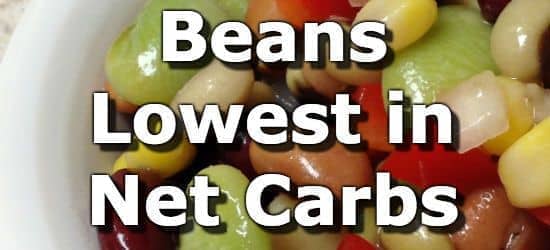
Beans are a good source of protein, fiber, and energy for our bodies. Net carbs are equal to total carbohydrates minus the amount of fiber. The theory is that we do not digest the carbohydrates trapped in fiber.
Beans and legumes low in net carbs include tofu, soybeans, mung beans, lentils, broad beans, black-eyed peas, great northern beans, black beans, limas, and navy beans.
List of Beans Low in Net-Carbs
 1 Firm Tofu
1 Firm Tofu| Net-carbs per Cup | Net-carbs per 100g | Net-carbs per 200 Calories |
|---|---|---|
| 1.2g | 0.5g | 0.7g |
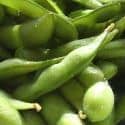 2 Boiled Soybeans (Edamame)
2 Boiled Soybeans (Edamame)| Net-carbs per Cup | Net-carbs per 100g | Net-carbs per 200 Calories |
|---|---|---|
| 4.1g | 2.4g | 2.7g |
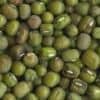 3 Mung Beans
3 Mung Beans| Net-carbs per Cup | Net-carbs per 100g | Net-carbs per 200 Calories |
|---|---|---|
| 23.3g | 11.6g | 22g |
 4 Lentils
4 Lentils| Net-carbs per Cup | Net-carbs per 100g | Net-carbs per 200 Calories |
|---|---|---|
| 24.2g | 12.2g | 21.1g |
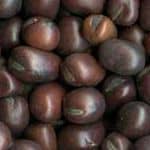 5 Broad Beans (Fava)
5 Broad Beans (Fava)| Net-carbs per Cup | Net-carbs per 100g | Net-carbs per 200 Calories |
|---|---|---|
| 24.2g | 14.3g | 25.9g |
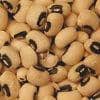 6 Black-Eyed Peas (Cowpeas)
6 Black-Eyed Peas (Cowpeas)| Net-carbs per Cup | Net-carbs per 100g | Net-carbs per 200 Calories |
|---|---|---|
| 24.4g | 14.3g | 24.6g |
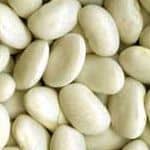 7 Great Northern Beans
7 Great Northern Beans| Net-carbs per Cup | Net-carbs per 100g | Net-carbs per 200 Calories |
|---|---|---|
| 24.9g | 14.1g | 23.9g |
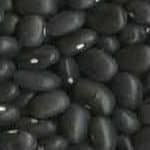 8 Black Beans (Frijoles Negros)
8 Black Beans (Frijoles Negros) | Net-carbs per Cup | Net-carbs per 100g | Net-carbs per 200 Calories |
|---|---|---|
| 25.8g | 15g | 22.7g |
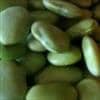 9 Lima (Butter) Beans
9 Lima (Butter) Beans| Net-carbs per Cup | Net-carbs per 100g | Net-carbs per 200 Calories |
|---|---|---|
| 26.1g | 13.9g | 24.1g |
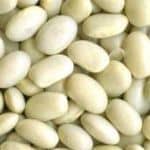 10 Navy (Haricot) Beans
10 Navy (Haricot) Beans| Net-carbs per Cup | Net-carbs per 100g | Net-carbs per 200 Calories |
|---|---|---|
| 28.3g | 15.6g | 22.2g |
Printable One Page Sheet
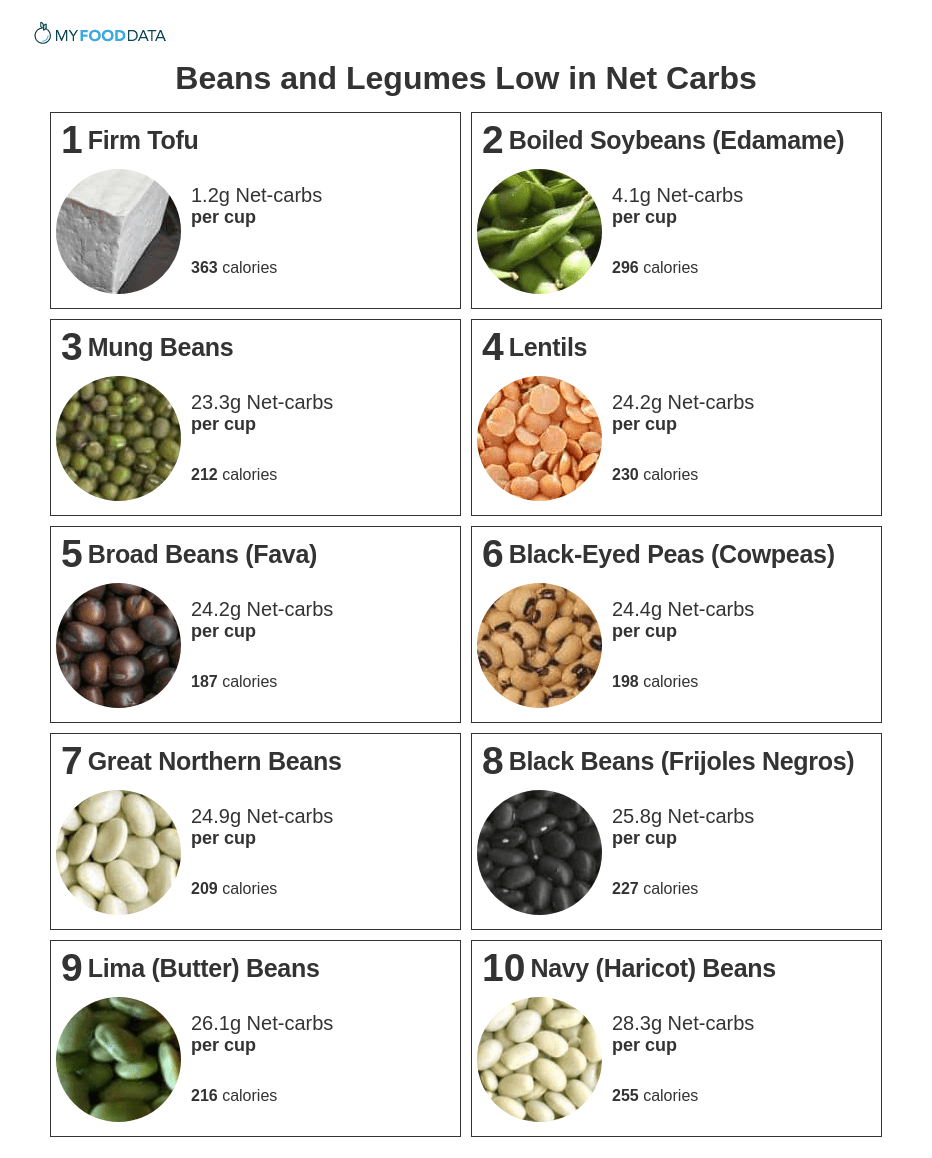
About the Data
Data for the curated food lists comes from the USDA Food Data Central Repository.
You can check our data against the USDA by clicking the (Source) link at the bottom of each food listing.
Note: When checking data please be sure the serving sizes are the same. In the rare case you find any difference, please contact us and we will fix it right away.
From the Nutrient Ranking Tool
Use the ranking tool links below to select foods and create your own food list to share or print.
- Foods High in Net Carbs
- Foods Low in Net Carbs
- Vegetables High in Net Carbs
- Fruits High in Net Carbs
- Vegetarian Foods High in Net Carbs
- Nuts High in Net Carbs
- Grains High in Net Carbs
- Beans High in Net Carbs
- Dairy High in Net Carbs
- Breakfast Cereals High in Net Carbs
- Fast Foods High in Net Carbs
View more nutrients with the nutrient ranking tool, or see ratios with the nutrient ratio tool.
Related
Data Sources and References
Try the recipe nutrition calculator, or daily meal planner.
Create a free account to log and track foods.
